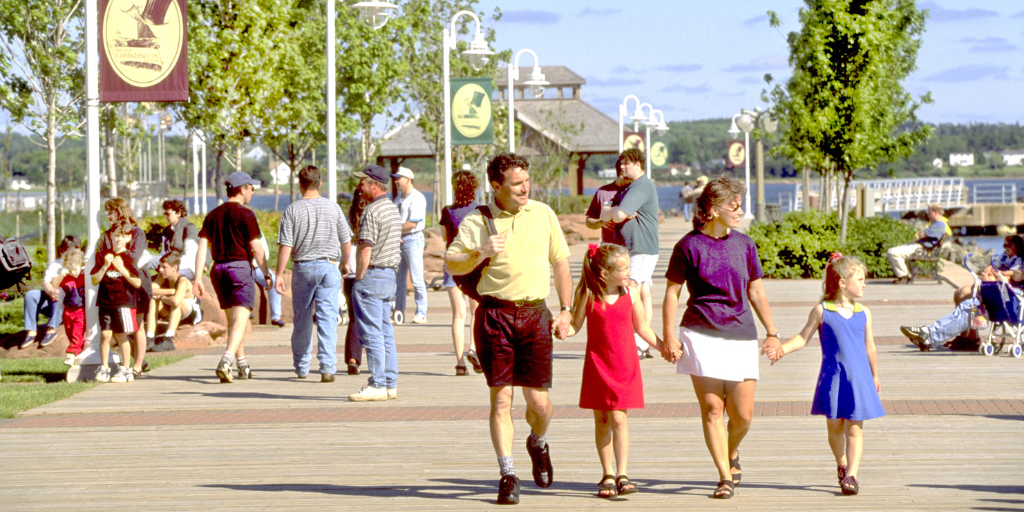
Quick Facts
Name
Confederation Landing Park
Originally named Confederation Birthplace Commemorative Park
Type of Landscape
Urban Waterfront Park
Brownfield Revitalization
Location
2 Great George Street, Charlottetown, Prince Edward Island
Timeline
Completed in 1995
Stewards
Charlottetown Area Development Corporation
Landscape Architects
Hough Stansbury Woodland Limited
Legacy
Waterfront Revitalization
Master Planning
Introduction
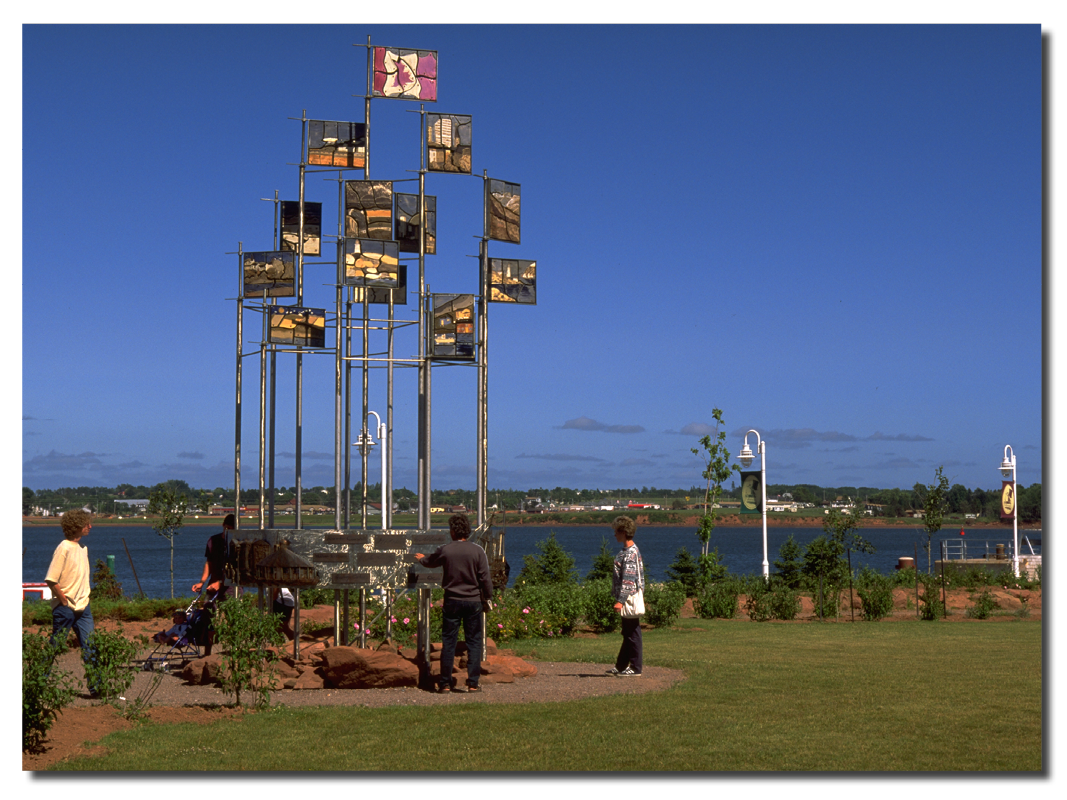 In the fall of 1864, the SS Queen Victoria sailed into Charlottetown harbour carrying several delegates from the Province of Canada (Quebec and Ontario). Their mission: to attend the Charlottetown Conference, the meeting that would set the stage for the union of the maritime colonies into the country of Canada.
In the fall of 1864, the SS Queen Victoria sailed into Charlottetown harbour carrying several delegates from the Province of Canada (Quebec and Ontario). Their mission: to attend the Charlottetown Conference, the meeting that would set the stage for the union of the maritime colonies into the country of Canada.
Although the men had not been formally invited to the conference, they gathered for debates in the city. PEI’s Province House on Charlottetown’s Great George Street is just a short walk from the harbor. In a few congenial days, the 23 delegates had earned the trust of the colonies, and their place as Fathers of Confederation.
The tract of waterfront where the Fathers landed, however, remained ignored for over a century, first as an industrial site, then a brownfield. Not until 1995 would the city commemorate the historic landing in beautiful Confederation Landing Park, marked by a Grand Promenade from Province House to the landing site.
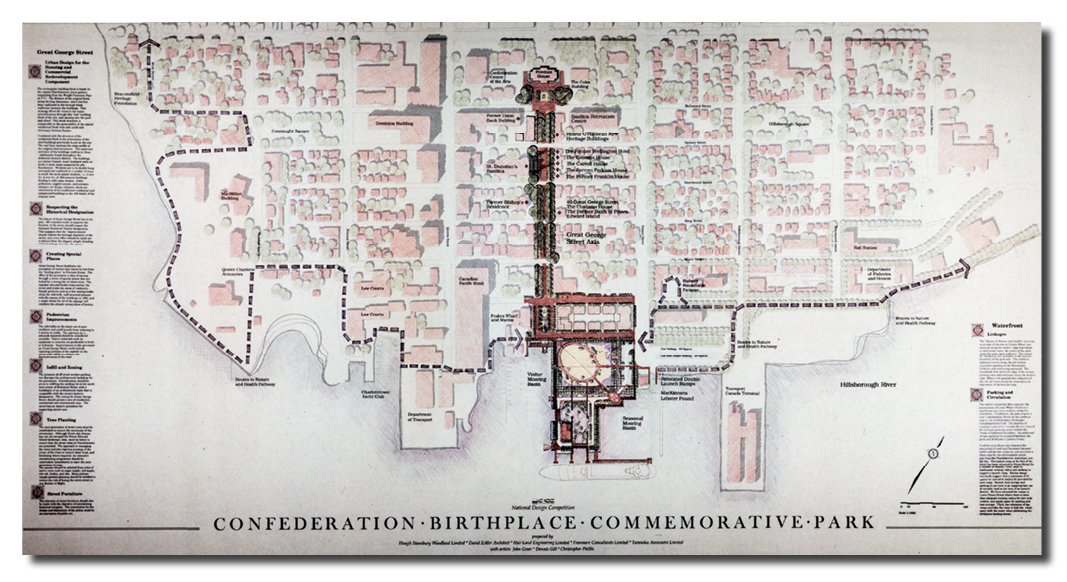
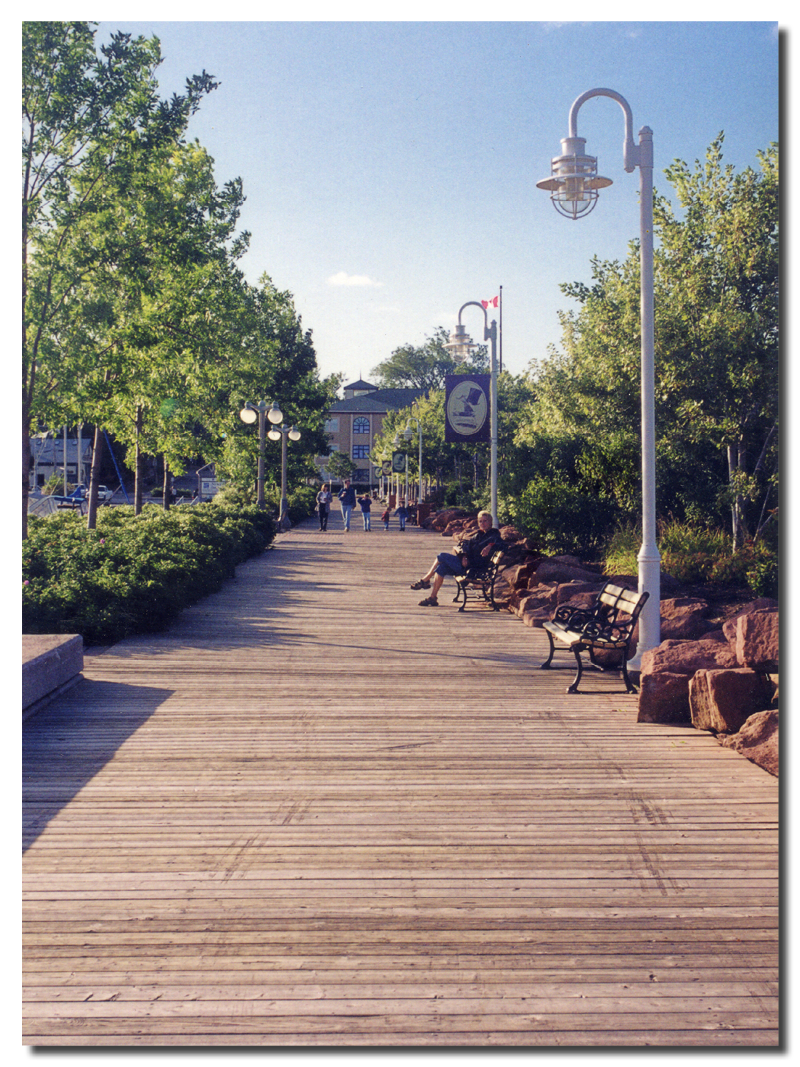
The Park, in short order, became “the gem of the waterfront”, as city dwellers rediscovered Charlottetown’s coasts. They came for the intimate gardens and quiet gathering places, and along with throngs of visitors, they came to celebrate the waterfront and the country’s history, drawn by festivals, concerts, and the Landing of the Fathers. The park can host some 20,000 visitors on its elliptical lawn for major events.
For the landscape architects of Hough Stansbury Woodland Ltd who planned the park, the reclamation of the derelict site had offered a rare opportunity to reorient the city’s perspective. Confederation Landing Park, as the Charlottetown Area Development Corporation (CADC) had promised, had “merged the city into the park and married it to the sea.” The Charlottetown waterfront became a new destination; restaurants and new housing followed. Great George Street became a hub for residential and commercial intensification. The Park had supplied the vital missing link.
Making the Waterfront Work
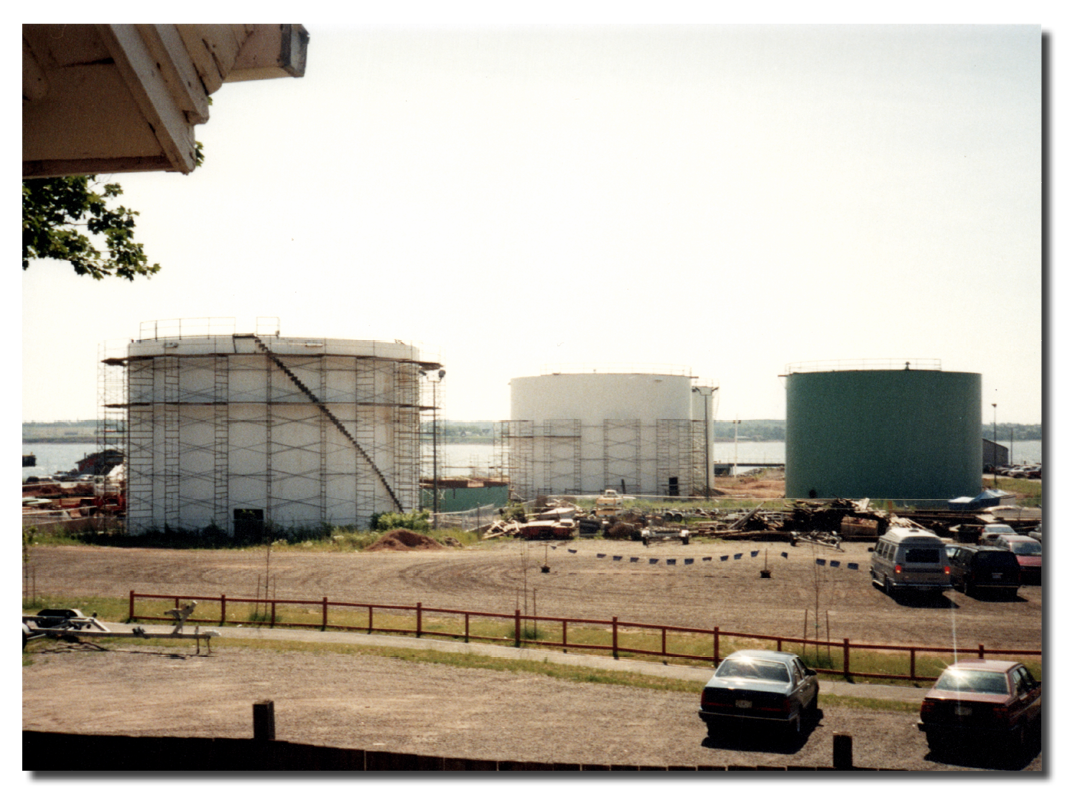 Confederation Landing Park was born on an unlikely site. Its stretch of valuable waterfront had formerly been a privately-owned Texas tank brownfield site. Confederation Landing Park was an early visible example of successful remediation, and the wisdom of bringing once-private waterfront property into the public realm.
Confederation Landing Park was born on an unlikely site. Its stretch of valuable waterfront had formerly been a privately-owned Texas tank brownfield site. Confederation Landing Park was an early visible example of successful remediation, and the wisdom of bringing once-private waterfront property into the public realm.
Waterfronts, however, are subject to flooding. Climate change had already begun to wreak havoc on the coasts. Ultimately, the landscape architects of Hough Stansbury Woodland with their extensive team of experts, set the elevation of the parkland a metre above the original site grades, to prepare for flood levels to come. The strategy proved prescient. Confederation Landing Park remained above the flood levels, when in January 2000, a significant flood caused significant damage to the surrounding community.
By creating a sustainable and beautiful public space, the park became a catalyst for liveable and beautiful spaces to come. In the 1990s. CADC spearheaded a period of extensive renewal that would ultimately include Peake’s Wharf, the CN Brass Shop and CN Passenger station. With the city’s central business district intimately linked to its dramatic waterfront by the Grand Promenade, Great George Street prospered as a hub of residential and commercial intensification.
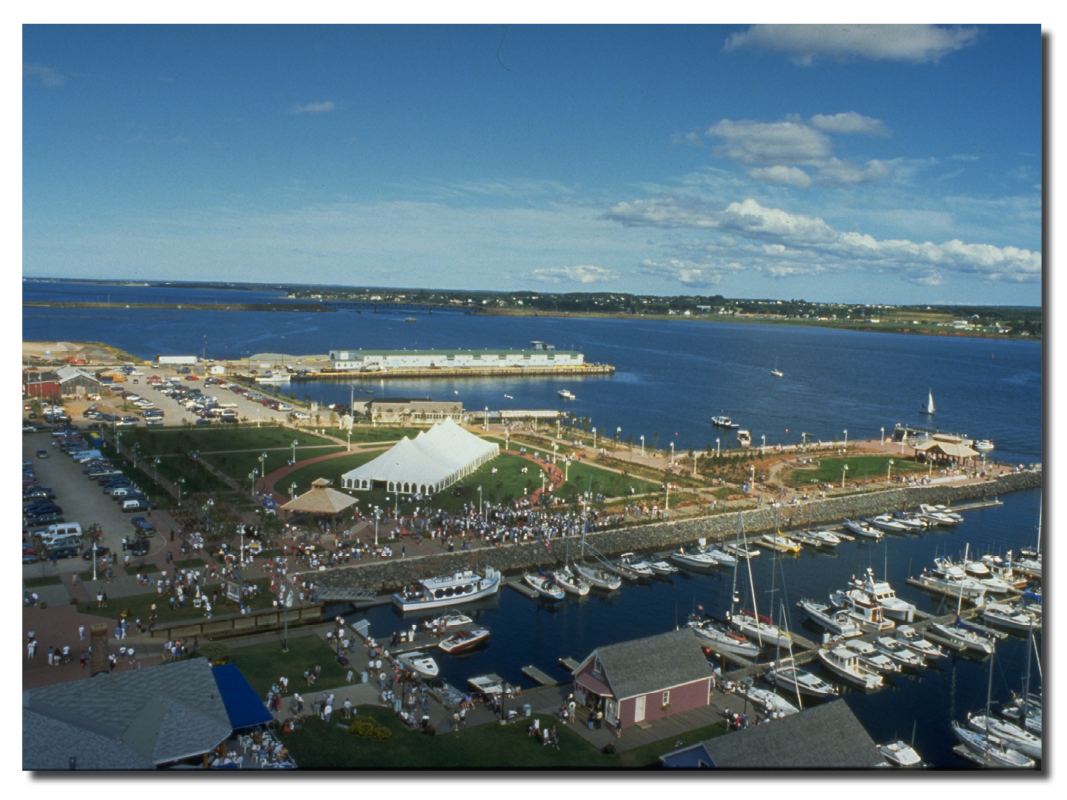 Happily, too, the park also completed a missing link in the city’s network of open spaces on the city’s waterfront. Some 20,000 tourists can gather in the park on Canada Day, yet the Park’s intimate gardens and nearby trails offer moments of quiet reflection on the waterfront.
Happily, too, the park also completed a missing link in the city’s network of open spaces on the city’s waterfront. Some 20,000 tourists can gather in the park on Canada Day, yet the Park’s intimate gardens and nearby trails offer moments of quiet reflection on the waterfront.
The medium is the message
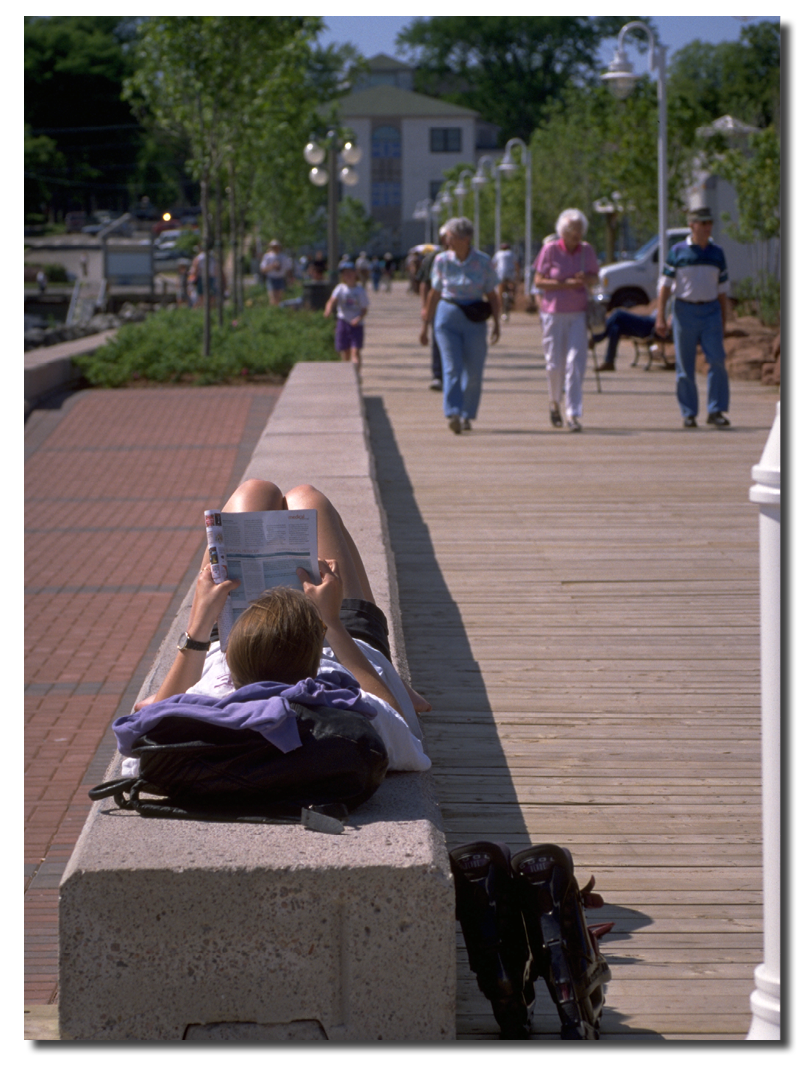 Animating a historic waterfront requires clarity of message.
Animating a historic waterfront requires clarity of message.
Although Confederation Landing Park has had an immense impact, it is a small park, hardly bigger than a city block. To stress its intimate connection to the City, the park planners used visible design elements to unite the historic waterfront with the heritage character of the City. The park mirrors the street furnishings in Charlottetown, its architectural details, its heritage plantings and even its intimate side gardens.
At a larger, national scale, major park elements stress the importance of Confederation Landing to Canada’s history. This is where Canada took shape. To reflect Charlottetown’s importance to the creation of the nation, park designers stressed the site’s kinship with Canada’s Capital region. The granite paving, the seating and lighting fixtures are identical to those found in Ottawa/ Gatineau, on the Nations Confederation Boulevard. In these places, Canada’s history took shape.
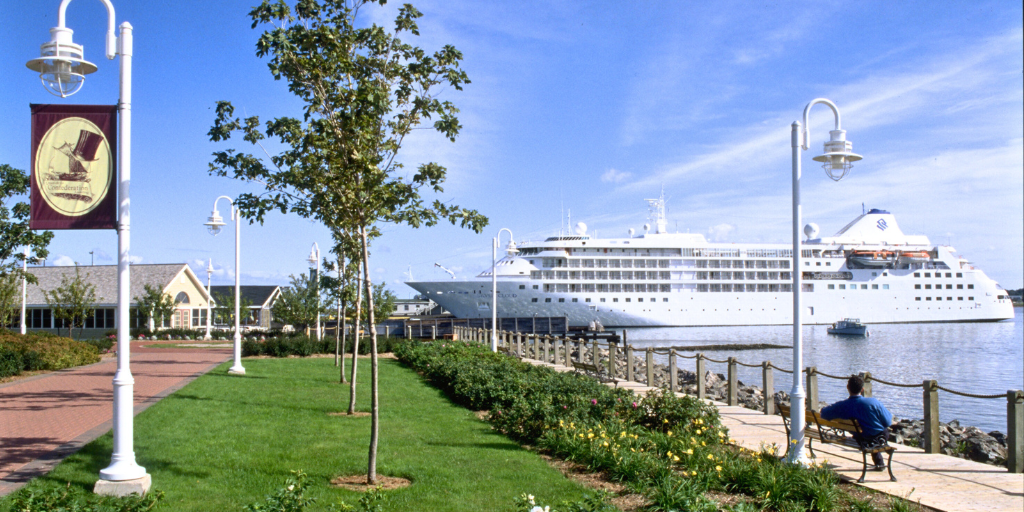

The Cultural Landscapes Legacy Collection highlights the achievements that have made a lasting impact within the field of landscape architecture and on communities across Canada.
